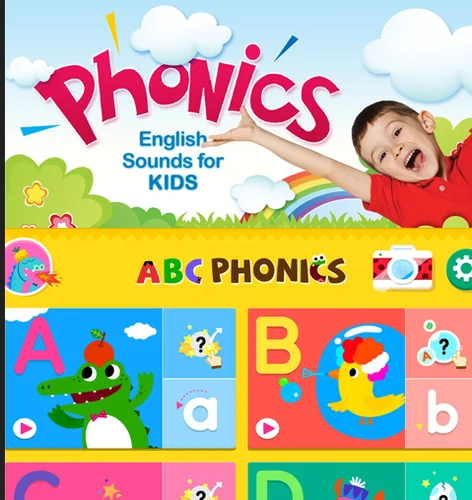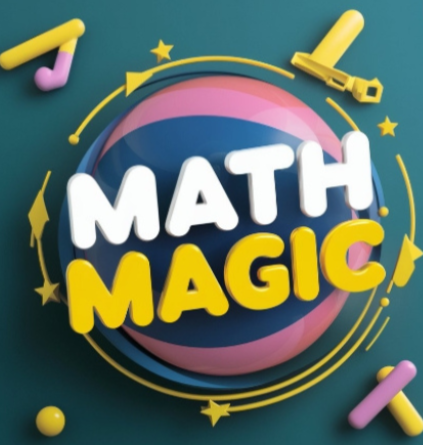Phonics

Phonics establishes the foundation for reading fluency in young children. It facilitates the decoding of new words for young learners, facilitating a more seamless transition from speaking to listening to reading.
Increasing Comprehension and Vocabulary
Children can read more properly and comprehend more when they know how sounds make up words. Naturally, this improves comprehension, spelling, and vocabulary.
Math Magic

Math Magic is the entertaining and unexpected aspect of mathematics that almost seems like a magic act, yet it’s all founded on numbers, patterns, and logical principles!
To put it simply, Math Magic amazes people and makes math more fun by using ingenious shortcuts, number patterns, and gimmicks. It may entail:
No matter what number you start with, there are always effective number tricks.
For instance, if you take any number and multiply it by two, add ten, divide it by two, and then deduct the original amount, you will always get five!
Sequences and patterns that appear miraculous, such as the symmetrical result of multiplying 111,111 by 111,111:
12345654321
Numbers in rows, columns, and diagonals always add up to the same amount in magic squares.
Through a few easy calculations and questions, someone can guess your number using mind-reading math.
It may appear to be magic, but it’s actually arithmetic disguised as fun. It helps develop number sense, improves problem-solving abilities, and demonstrates that math isn’t just about formulas but about creativity and discovery.
Thus, Math Magic is a place where wonder and numbers collide, and everyone can feel like a math magician
Handwriting

Writing by hand with a pen, pencil, or other writing instrument is known as handwriting.
It is a crucial component of communication and one of the first things kids learn in school. Despite the fact that we live in a digital age with keyboards and screens, having legible handwriting is still useful for taking notes.
Composing essays or letters Document signing
Clearly expressing one’s thoughts
There are two main types of handwriting: Print, sometimes referred to as block letters: Each letter is written independently, just like in books. Cursive: This type of writing can be quicker because letters are joined together in a flowing fashion.
Not only does neat handwriting improve appearance, but it also aids in memory and learning (handwriting makes it easier to remember things!). Coordination of the hands and eyes
Grammar

Grammar is like the backbone of any language, showing us how to use words to create clear and meaningful sentences. You can think of it as the glue that keeps everything together. It helps us figure out:
- Which words fit where in a sentence
- How to form statements or ask questions
- How to express time—past, present, or future
- How to ensure words agree, like using “is” with “he” and “are” with “they”
Here are some examples of grammar in action:
- Correct: She is going to school.
- Incorrect: She are going to school.
- Correct: I ate lunch already.
- Incorrect: I’ve already eaten lunch.
Grammar includes many things, such as:
Adjectives, adverbs, verbs, and nouns
Past, present, and future tenses
The use of punctuation
Sentence construction
Subject-verb agreement
Despite the fact that we frequently talk without considering grammar, it is essential to good communication. Good grammar improves the flow and effectiveness of your message, whether you’re sending an email, telling a tale, or simply having a casual discussion. Grammar, to put it simply, is the manual of language that tells us how to correctly put words together to express our ideas
